Time for an unsurprising announcement, everybody: I really like when a video game lets me play as a female character. It’s also cool if the game makes her out to be a compelling person and revolves around her unique experiences—but even if a game doesn’t have much of a story going for it, simply getting to inhabit a fictional female body always feels like I’m getting away with something—in a good way! Even in this day and age, there are still not that many games that do this, although there are a lot more than there used to be. Here are a few of my favorite examples from 2015.
Final Fantasy Type-0
This game got lost in the shuffle a bit, perhaps because it’s got a somewhat clumsy story and a lot of grind-heavy RPG baggage, but I enjoyed it. It follows a group of cute and magical high schoolers, and that’s the sort of thing that I tend to find fun, even if it requires me to slog through fighting several slimes. If I had to choose my favorite character of the whole kaboodle, I’d say Dr. Arecia Al-Rashia, but you don’t get to play as her, so she doesn’t fit my list criteria. Of the numerous playable characters in-game—all fourteen of them—I’d have to go with Seven, the “Big Sis” archetype. (They’re pretty much all archetypes; there are fourteen of them, so they had to turn out a few narrative shortcuts.)
(image via Digital Trends)
Tales From the Borderlands
Telltale’s adventure-focused spin on the Borderlands franchise also didn’t get as much love as it deserved this year, which is a real shame, considering how many amazing heroines had a chance to shine in it. The game predominantly follows the adventures of Rhys and Fiona, the latter of whom is a con artist and a stubborn thief. She’s an anti-heroine who fits right into the world of Borderlands—a world that’s already stacked with weird stories and unexpected heroes. I didn’t really care about the love story that unfolds between our heroes Rhys and Fiona; I mostly cared about Fiona. She’s great.
(image via Tumblr)
Life Is Strange
Life Is Strange resonated with a lot of people. Unfortunately, I am not one of those people, but I do realize I’m an outlier. At its worst, the game feels to me like emotionally exploitative glurge. At its best, it comes off as a tale of teens seen through the eyes of a distant dad. It’s still a game about stories that we rarely see told—but I would be interested to see how this game would’ve turned out if at least one of the people on the writing team had any personal experience with being a teenage girl.
All that said, the fact that I got to play the game as Max Caulfield—a self-absorbed but endearing teen photographer who, in her smarter moments, reminded me distantly of myself as a youngster—saved the experience for me. If Max Caulfield had been replaced by a scruffy teenage guy video game protagonist (like, say, the hero of InFAMOUS), I doubt I would’ve made it past episode one! At least this game has occasional gratifying moments that allowed me to feel like I could understand how its heroine felt. I only wish that those moments hadn’t been quite so rare.
(image via The Verge)
Cibele
Remember a moment ago, when I said I wanted to see a game about what it’s really like to be a teenage girl? Nina Freeman made that game. Cibele follows her own experiences with having loved and lost as a young girl playing online games. It’s a discomfiting, stirring, and poignant story that’s semi-autobiographical and disturbingly relatable for anyone who grew up playing games and meeting strangers online. It only lasts an hour or two, and the story’s pretty simple—but the art is in the telling.
(image via IB Times)
Sunset
Tale of Tales closed down in 2015, in part because the team saw their game Sunset as a commercial failure. I can’t speak to the financial aspect, but as a critic, I do think a lot of folks failed to “get” this game—including me, perhaps. The game feels intentionally alienating, and I think that’s part of its charm. You inhabit the role of a housekeeper in Latin America; it’s the ’70s, and you’re tasked with cleaning up after a man who lives in a mansion and experiences a life that’s quite unfamiliar to the heroine. She never meets this man directly, but there are some ways to communicate with him if desired. It’s a game about feeling lonely and out of place, and it’s also a game that’s infused with a sense of uncomfortableness. It’s not the sort of game that I would ever expect to receive wide commercial appeal, but I did expect it to get a lot more critical attention than it did. Perhaps it was just too far outside the breadth of what modern game critics can imagine.
(image via Gamespot)
Rise of the Tomb Raider
In contrast to a game like Sunset, the Tomb Raider reboot games seem to land squarely within what modern video game critics want—and perhaps also what modern players want. It’s not necessarily the game that I’ve always dreamed of playing, personally, but just as I put Life Is Strange on this list, so too do I feel obligated to acknowledge the importance of Lara’s ongoing legacy here as well.
(image via Pinterest)
Assassin’s Creed Syndicate
The past few years have been a real whirlwind for Assassin’s Creed. I feel like I went from hearing nothing but complaints—shallow characterization, boring gameplay, rampant bugginess—to hearing about how Evie Frye is the greatest ever. It’s almost as though this series badly needed a shake-up of some kind. Apparently there’s also a playable male character in this game, but don’t worry about him.
(image via vg247)
Hatoful Boyfriend: Holiday Star
Both Hatoful Boyfriend and its holiday-themed follow-up actually came out in 2011, but they only became available on Steam as of 2014 and 2015 respectively. I can’t say enough good things about this humorous dating sim parody. You play as the only human girl in a post-apocalyptic world ruled by pigeons and other birds, and you have to prove you can assimilate by attending a prestigious pigeon high school and choosing a pigeon to date. It’s incredible.
We Know the Devil
Each of the three characters in We Know the Devil could be read as the protagonist — they all take turns. I think I related to Neptune the most, but since this is a game about favoritism among friends, it feels pretty weird to have to choose one of the three of them now! The story is also about having magic powers and suppressing them while attending an oppressive religious summer camp. It’s quite complicated, and even scary at times — much like being a teenager.
Confession: I somehow forgot to put We Know the Devil on the first version of this list, even though it was actually one of my favorite games of the year. This leads me to believe that I probably forgot a dozen other games that I liked, so bear with me — and expect me to go back in here and add those other games if I remember them. 2015 was actually a pretty great year for videogames, huh?
***
HONORABLE MENTIONS
Here are some great games that let you choose the gender of your protagonist.
Read Only Memories, a cyberpunk adventure game made by some of the founders of the con GaymerX, lets you pick your gender and your preferred pronouns. You play as a journalist, so the game isn’t really “about you” in the traditional sense—the whole point is for your character to learn more about the world around them and the people they meet.
Splatoon is a paintball-themed multiplayer shooter in which you play as a squid. You have to stick with the gender binary when it comes to character selection, but fashion is a big part of how you add power-ups to your character, so you can choose your aesthetic and presentation. Also, the game’s fun as all get out and worth buying a Wii U to play, so long as you can afford one.
Bloodborne and Fallout 4 are two games that I do not particularly care for but which nonetheless let you play as a female character if you want to do that. I, obviously, chose to do that. Thanks, big-budget video games, for letting me do that, even in games that don’t much resonate with me otherwise.
Undertale and Ori and the Blind Forest are two games that have made a big splash this year due to having compelling mechanics, but they also both feature protagonists that do not have a specified gender.
***
What’d I miss on my list? Which games with playable non-dude characters came out this year and wowed you?
—Please make note of The Mary Sue’s general comment policy.—
Do you follow The Mary Sue on Twitter, Facebook, Tumblr, Pinterest, & Google +?



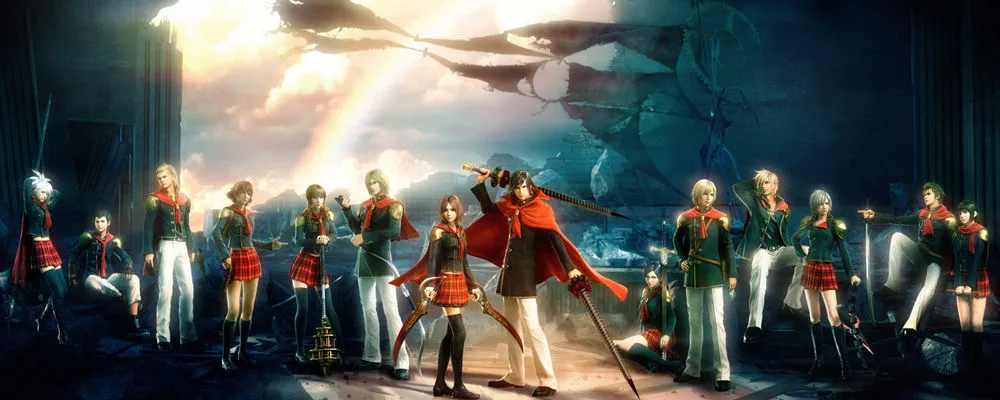
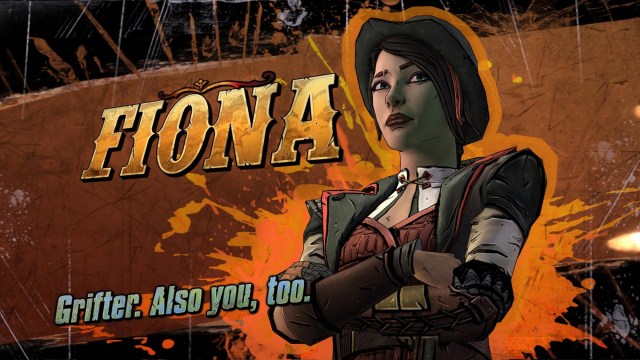
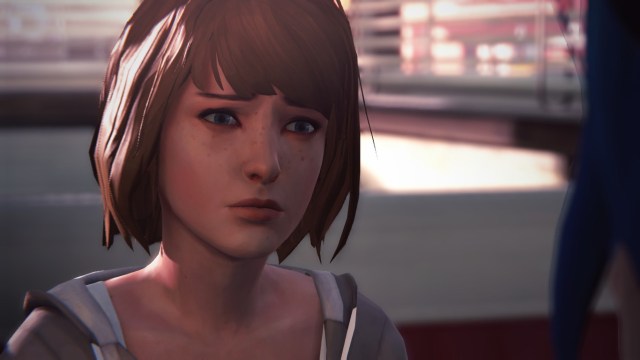
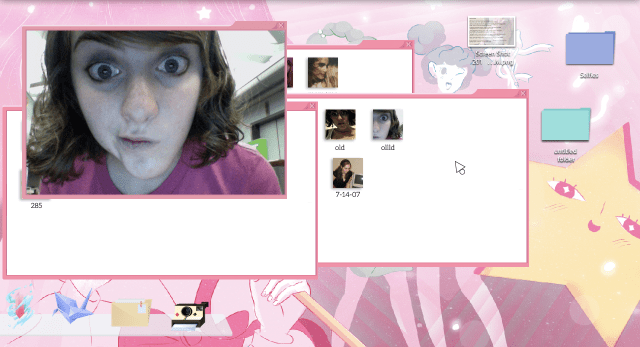
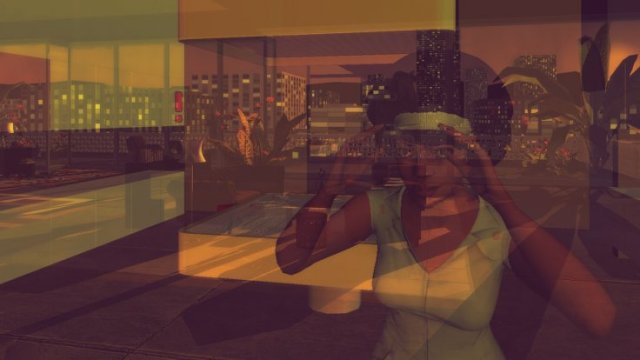
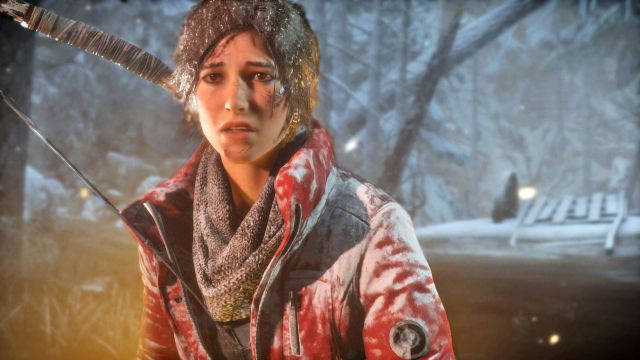
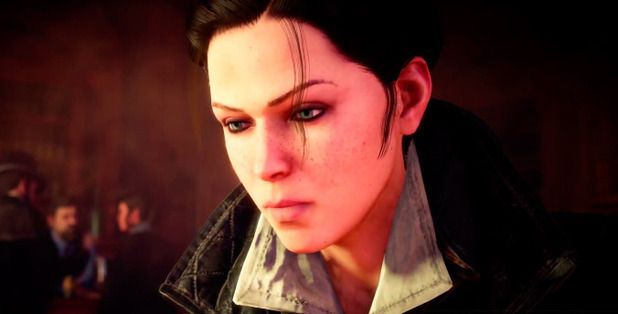
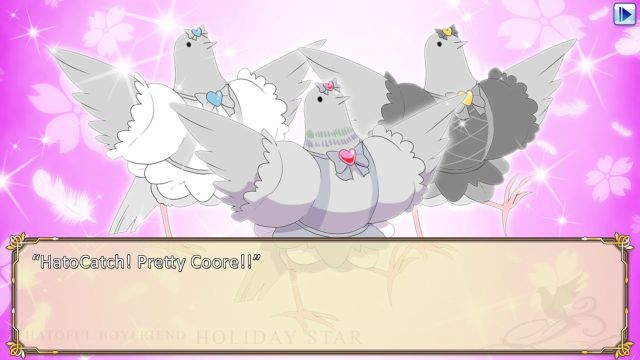
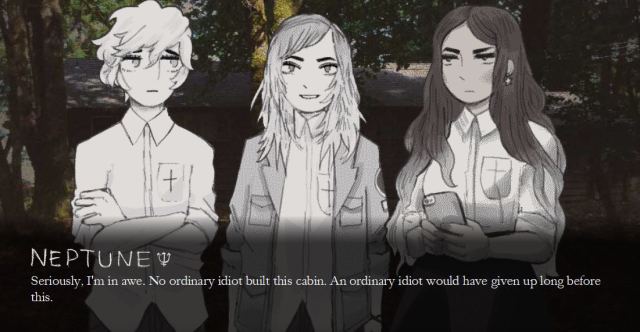


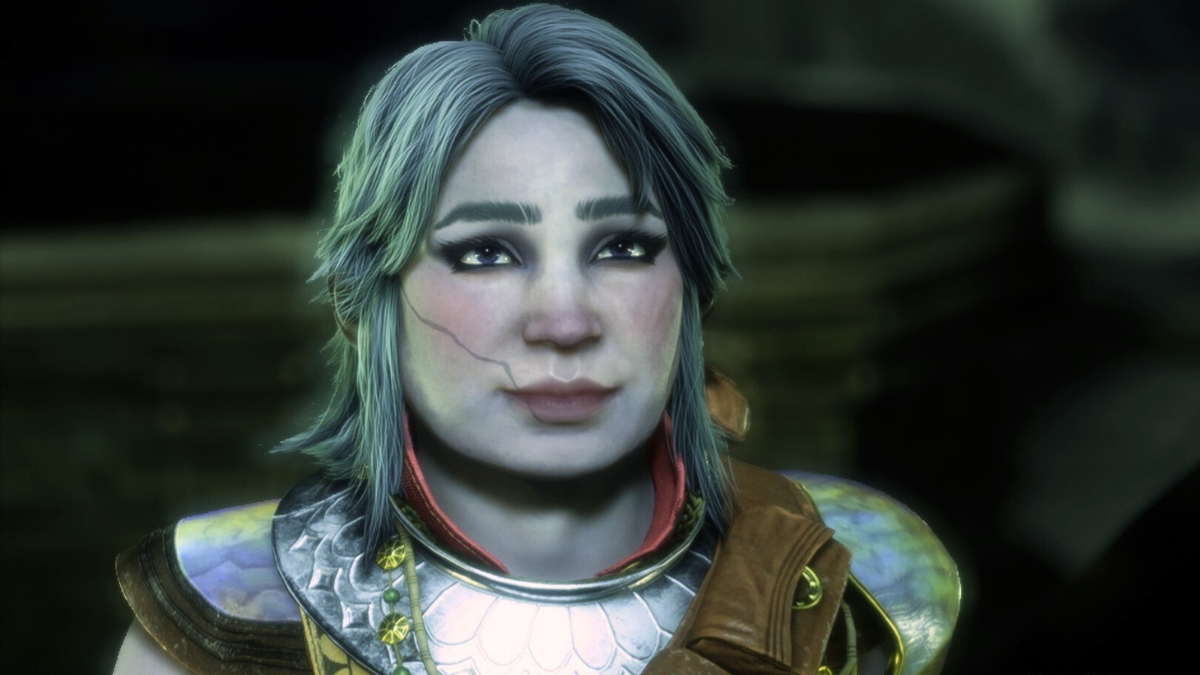


Published: Dec 29, 2015 04:01 pm